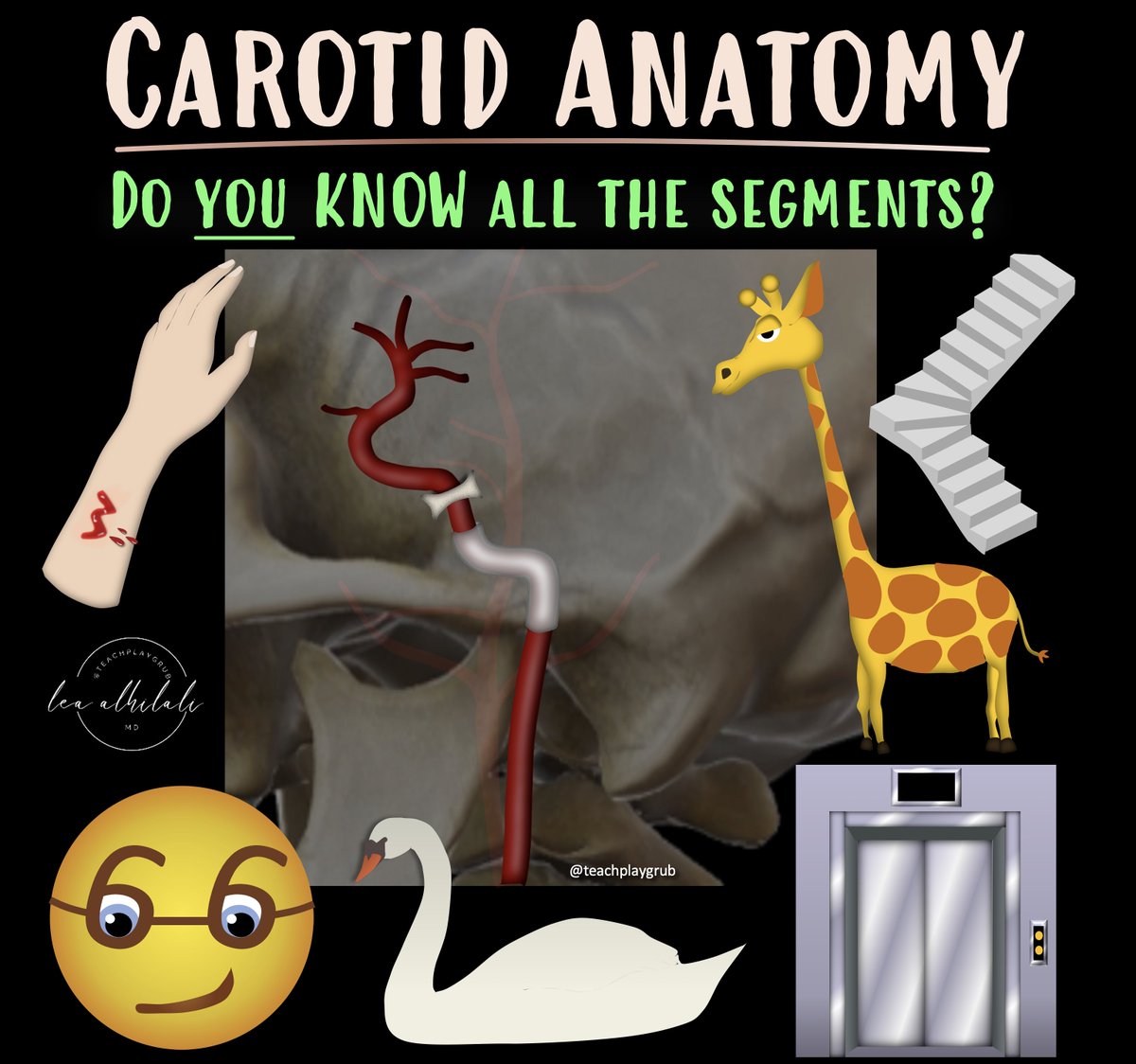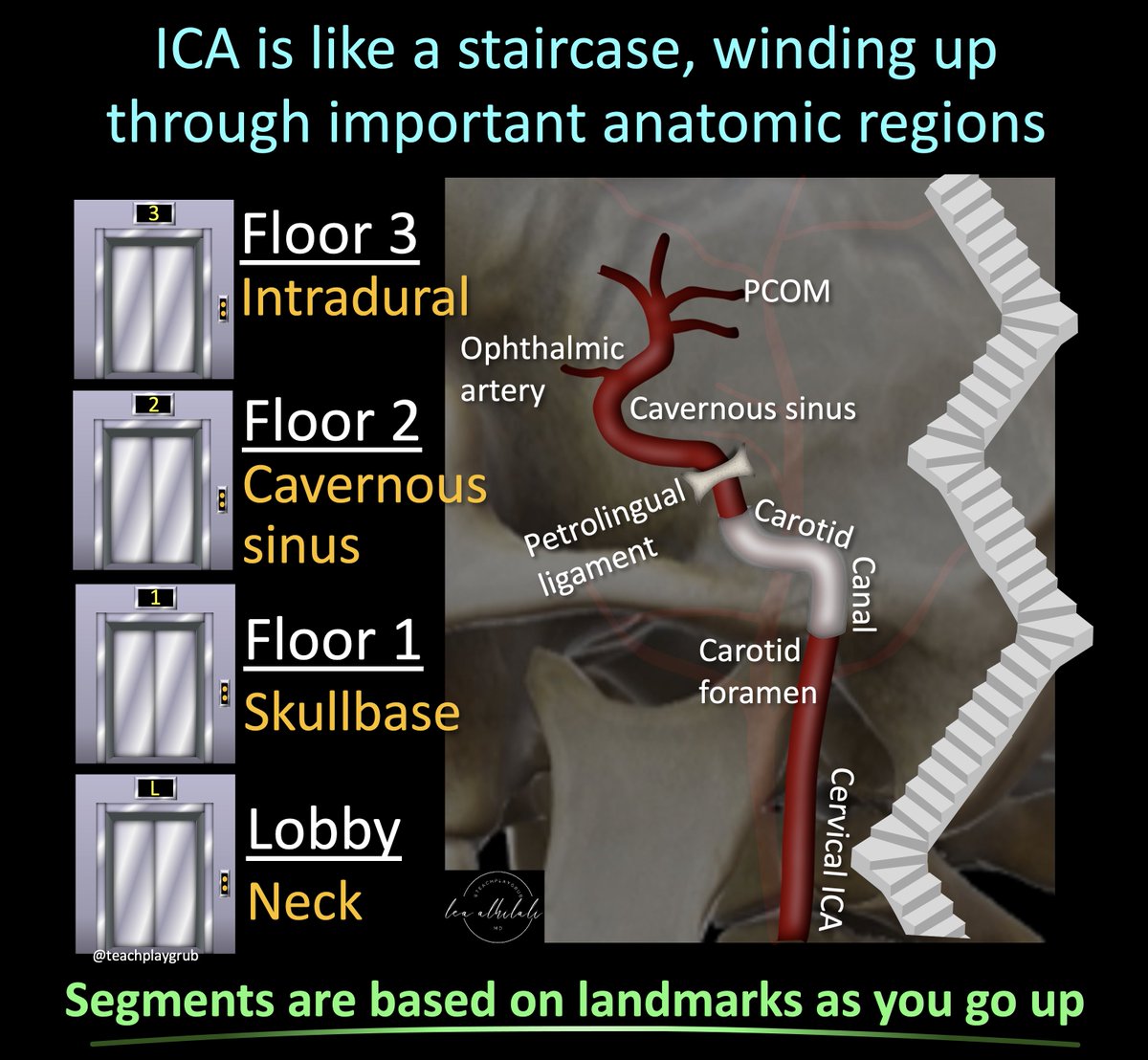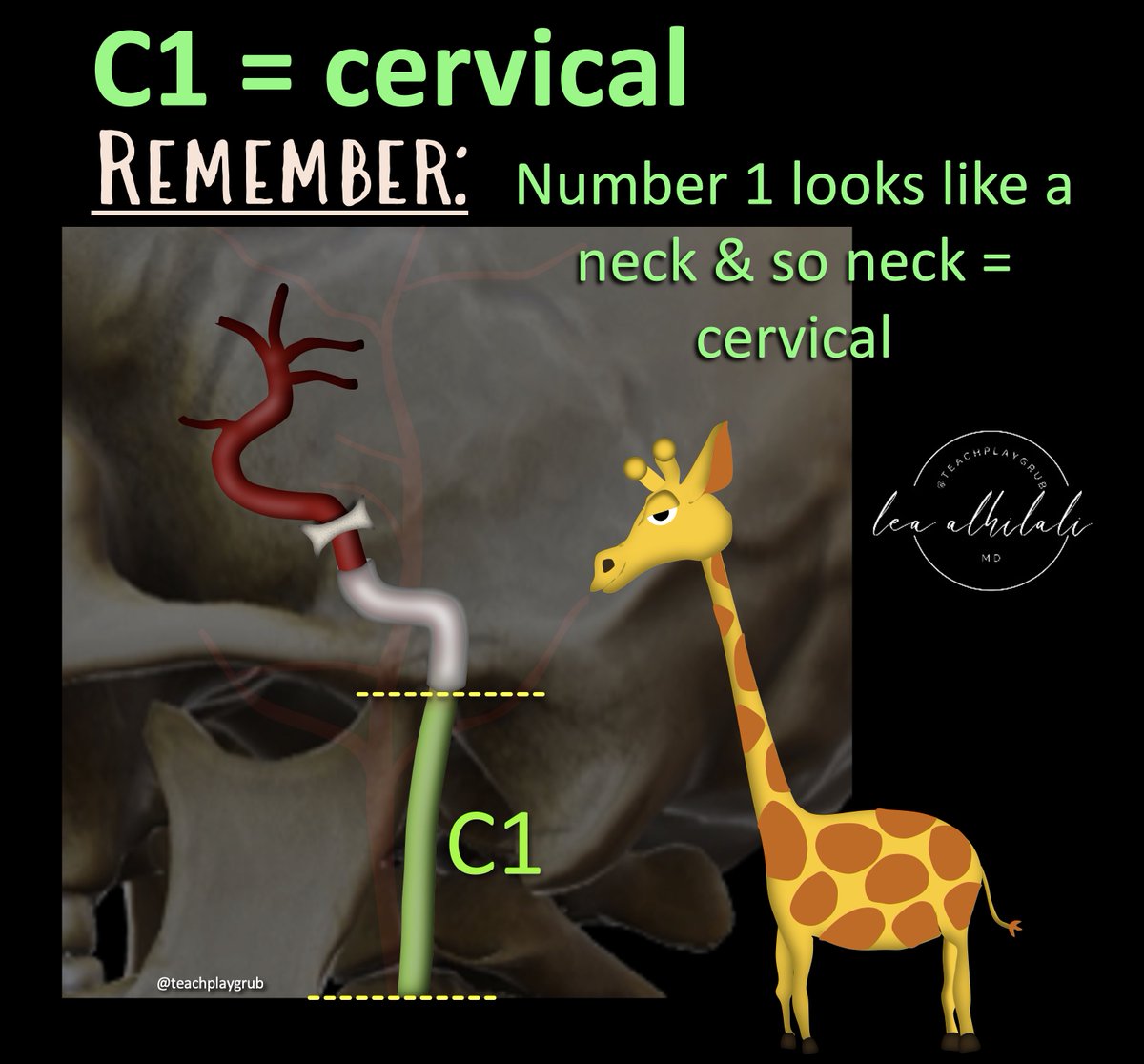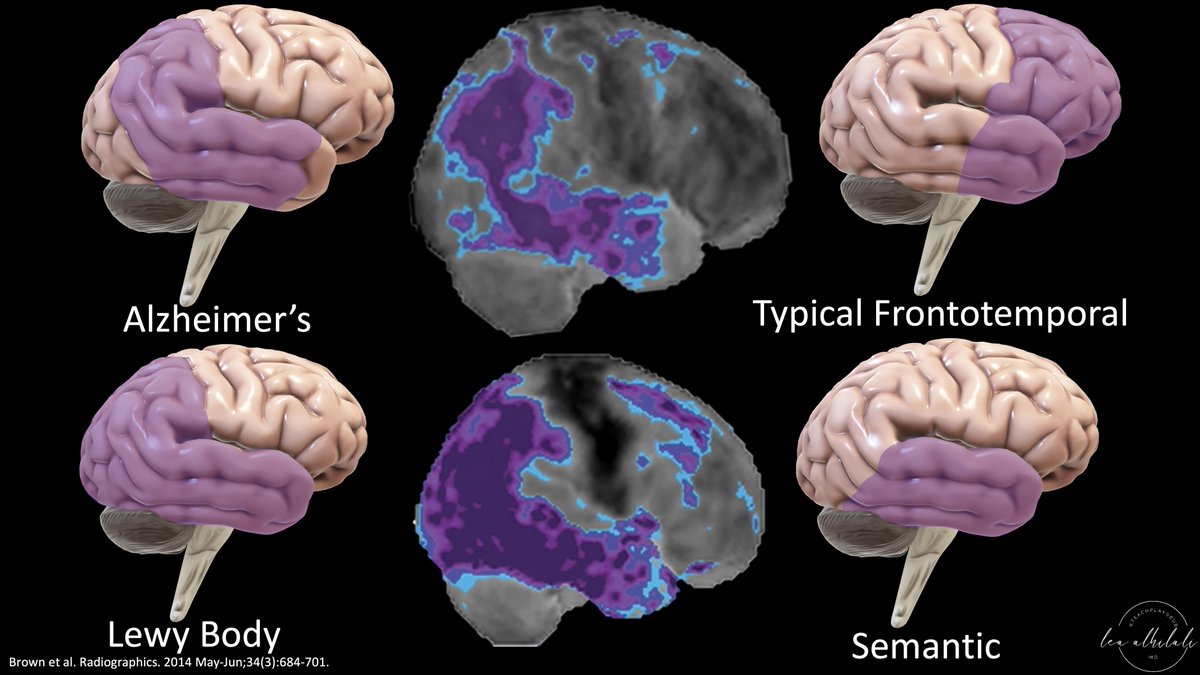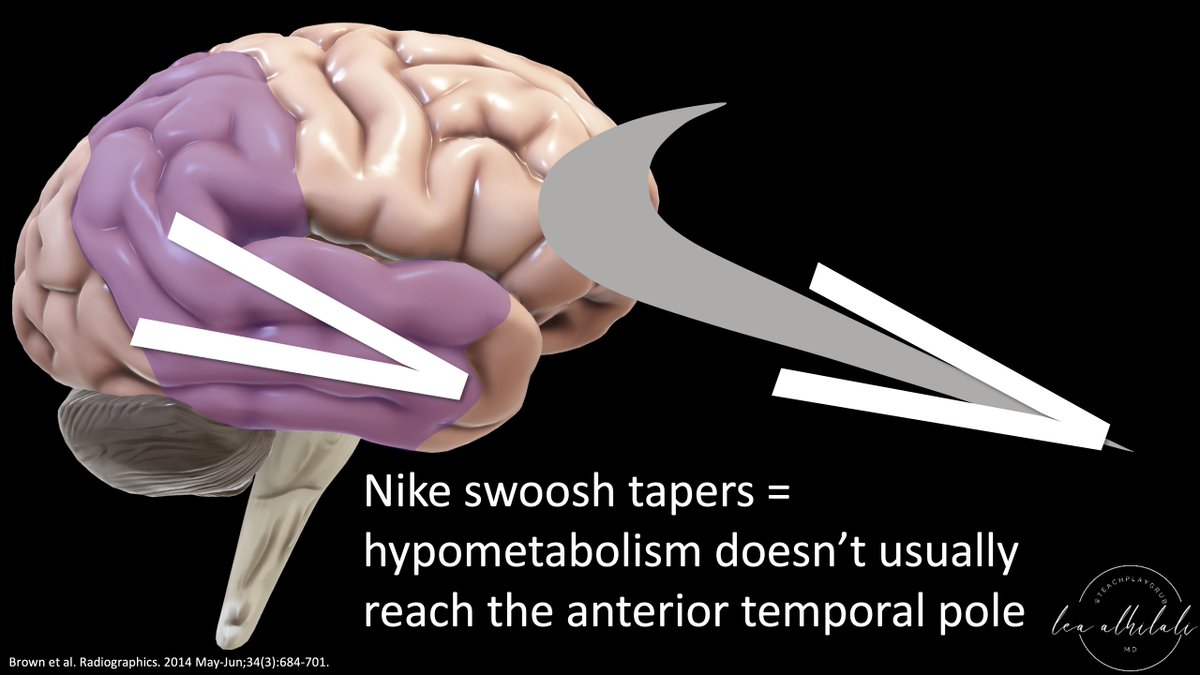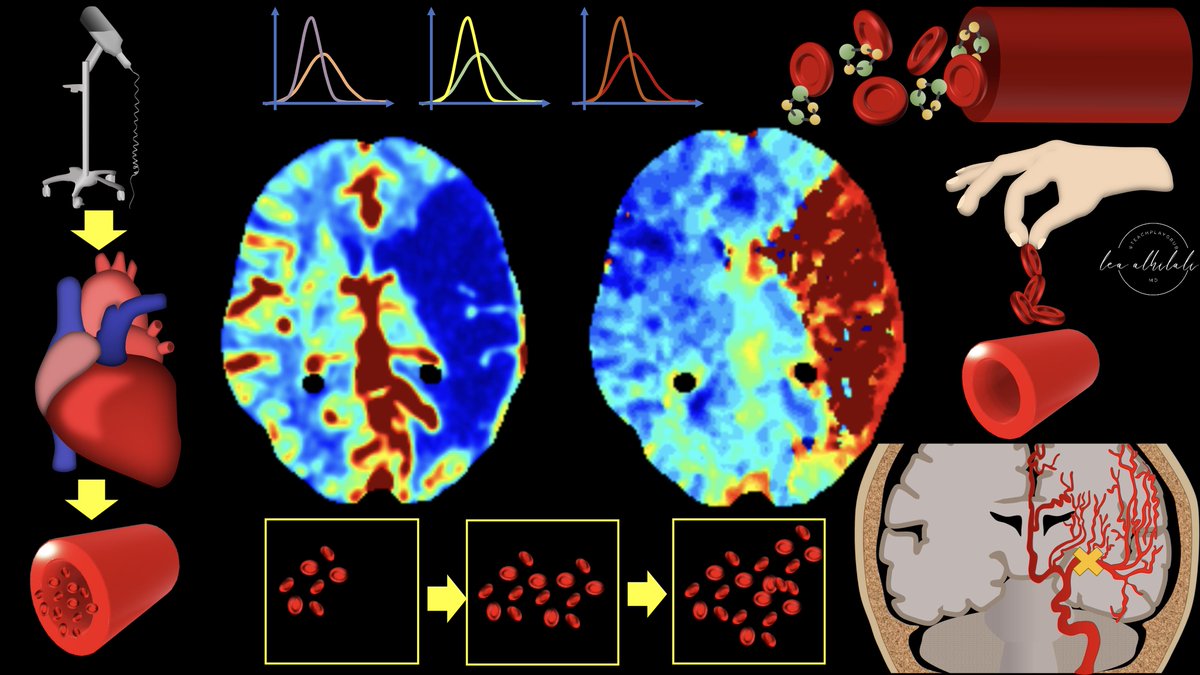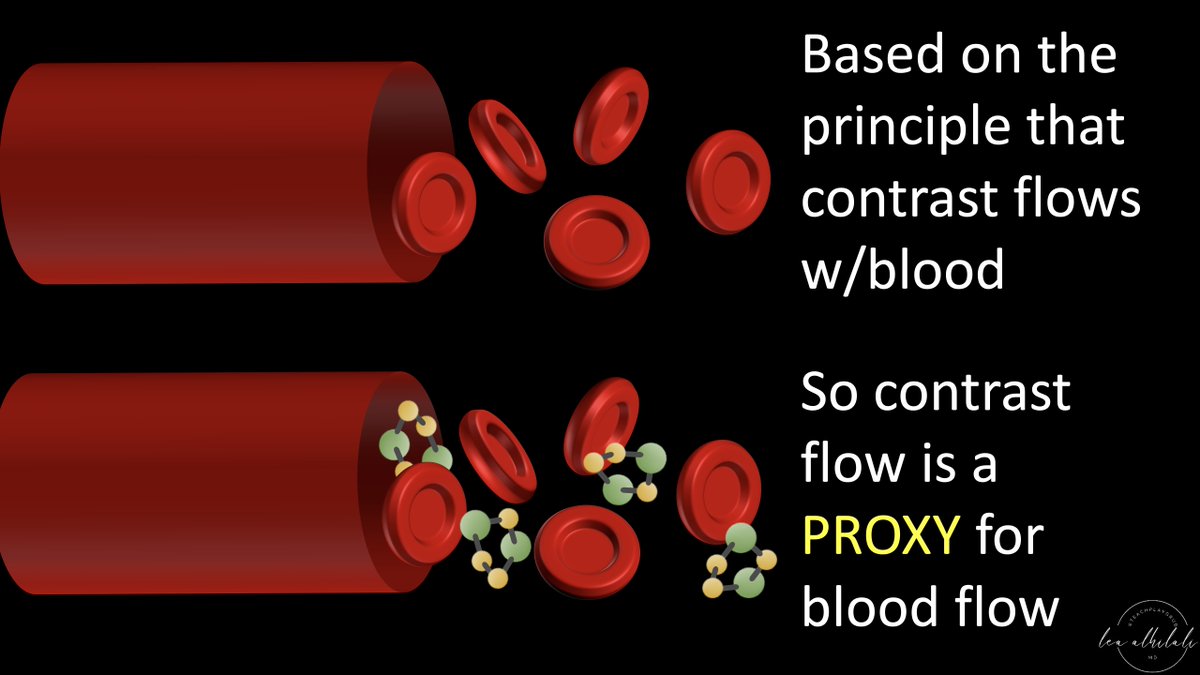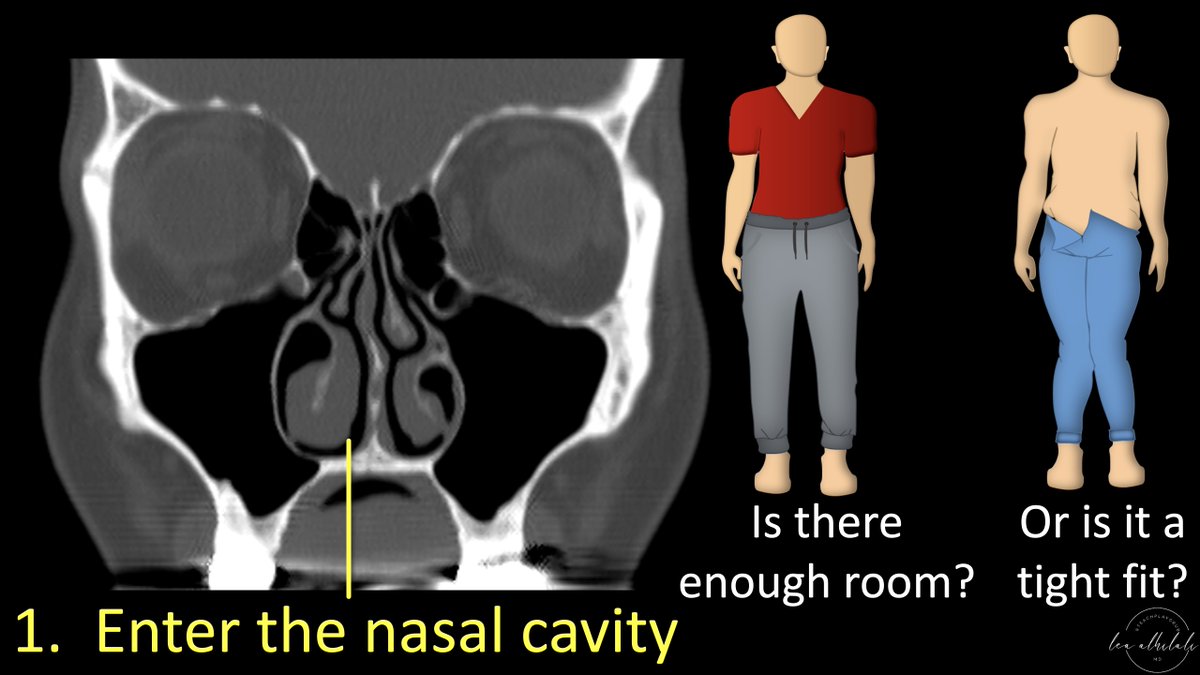1/ “Say Aaaaaaah!” I was explaining to my resident how I remember tongue anatomy on imaging & he said, “You have to put it on Twitter!”
So here's a #tweetorial about how to remember tongue anatomy on imaging.
#medtwitter #radres #medstudent #FOAMed #FOAMrad #neurorad #meded
So here's a #tweetorial about how to remember tongue anatomy on imaging.
#medtwitter #radres #medstudent #FOAMed #FOAMrad #neurorad #meded
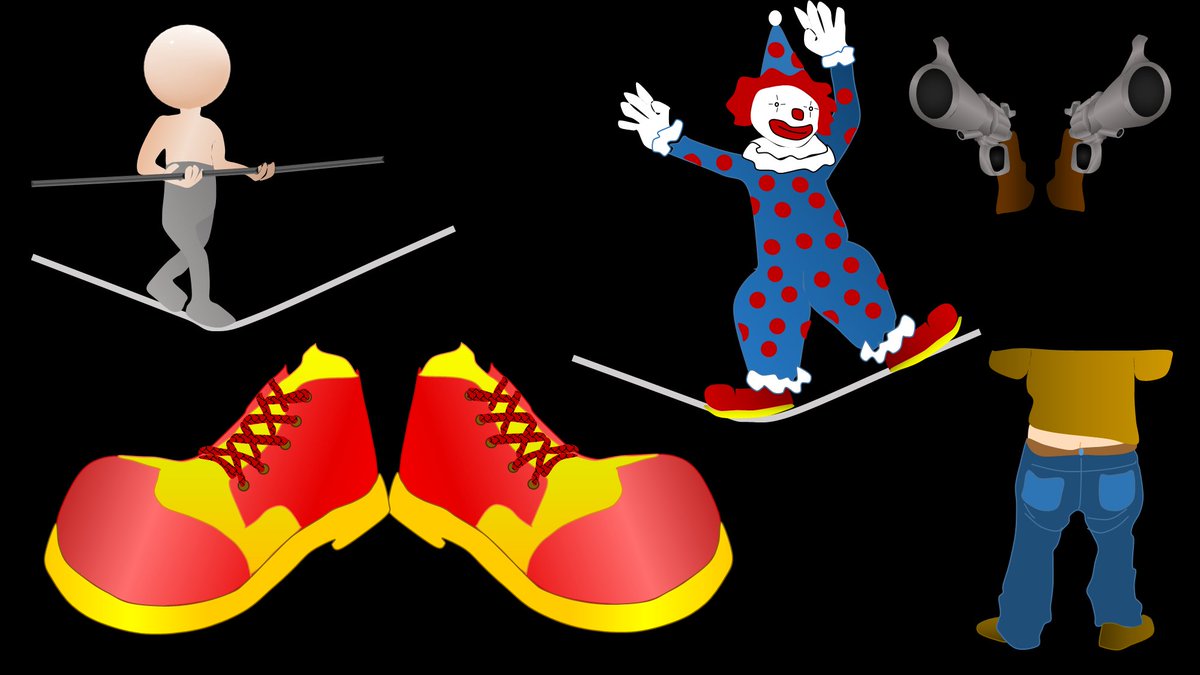
2/ When you look on the coronal plane at the tongue, the first thing you notice are two column like structures that look like a pair of jeans—genioglossus—or as I like to say “jean-ee-o-glossus.” Genioglossus is latin for jeans of the tongue, right? 

3/Right below the jeans are what look like a pair of clown shoes—the geniohyoid. So you see a pair of legs going right into a pair of shoes. 

4/The clown shoes look like they are balancing on a tight rope—the tight rope is the mylohyoid. The mylohyoid is easy to remember as the tight rope b/c it is often called the mylohyoid sling—a sling is like a tight rope 

5/ So every time I look at the tongue on imaging, I am looking to make sure I can see my clown walking on a tight rope. Any distortion of that is pathologic. 

6/ And although it’s not quite the tongue, right beneath the tight rope are two tubular looking structures pointed at you—the anterior bellies of the digastric muscles. I think they look like two gun barrels pointed at you. 

7/ So next time some asks you about tongue anatomy, you can tell them about the clown on a tight rope above two gun barrels and they can say, “Aaaaah, now I get it.” 

• • •
Missing some Tweet in this thread? You can try to
force a refresh


